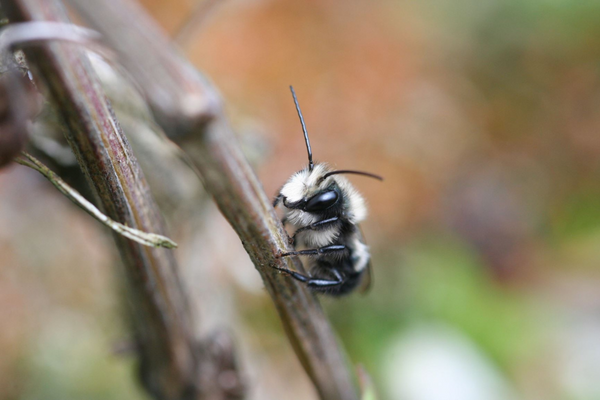The dense roots of Annual Ryegrass penetrate even hard packed soil to introduce oxygen and water pathways that can be used by other plants when it dies back at frost. Its foliage loads up with carbon and nitrogen, which is then released to the crops that follow. Its shallow, but dense, root system breaks up compacted soil, holds soil against erosion, and draws up a lot of nitrogen to release as it breaks down. Continue reading below for more tips on how to grow Annual Ryegrass.
Latin
Lolium multiflorum
Family: Poaceae
Exposure: Full sun to partial shade
Timing
In Zone 6 or warmer, it makes an excellent fall cover crop, and will hold soil in place over winter. In Zone 5 or cooler, it’s better to sow mid-summer to early fall for spring tilling.
Starting
Sow seeds 2-4cm (1-1½") deep.
Growing
After its burst of spring growth, turn ryegrass under or cut it back before it reaches 30cm (12") tall. Allow three weeks after tilling before planting the next crop. Annual ryegrass can produce 4000-8000 lb of dry matter per acre, and hold up to 60 lb of Nitrogen per acre. It works particularly well in orchards and vineyards as a 50/50 mix with crimson clover.
















